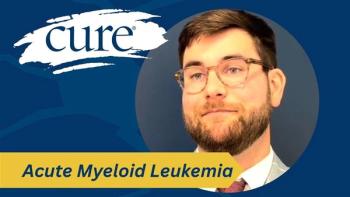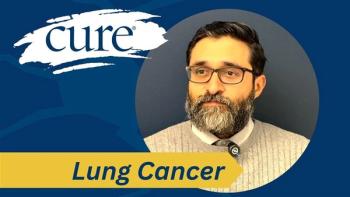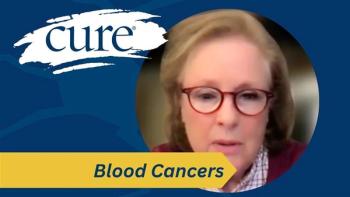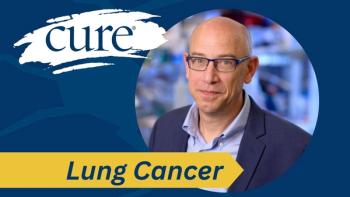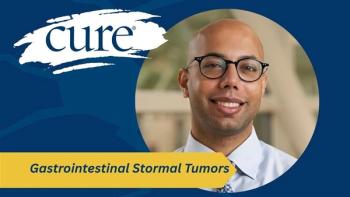
'Mixed Bag': Only a Fraction of Recent Drug Approvals in NSCLC Space 'Considered Practice Changing'
The recent surge of drug approvals in the non-small cell lung cancer (NSCLC) space by the Food and Drug Administration (FDA) is quite unusual and only a fraction of them are considered practice changing, according to Dr. Timothy Burns.
The recent surge of drug approvals in the non-small cell lung cancer (NSCLC) space by the Food and Drug Administration (FDA) is quite unusual — and only a fraction of them are considered practice-changing, according to Dr. Timothy Burns.
“Some of them are a little head scratching based on the standards that have been used in the past and some of them are, you know, the real deal; we're quite excited about,” Burns, a medical oncologist at UPMC Hillman Cancer Center, said in a recent interview with CURE®. “So, it's kind of a mixed bag.”
Transcript:
CURE®: By all counts, the FDA approved seven therapies to treat non-small cell lung cancer back in May. How surprising is it to see so many therapies in one disease state-approved in one month?
It's unusual, and I'd say a fraction of them are actually practice changing. So, you know, some of them are a little head-scratching based on the standards that have been used in the past and some of them are, you know, the real deal; we're quite excited about. So, it's kind of a mixed bag. You know, we can kind of go through some of them, as well as I don't know if you want to talk about the ADAURA trial, which hasn't been FDA approved, but likely will be soon. That's when using an EGFR TKI in the adjuvant setting, that's probably the most practice-changing thing that's come out this year. And for whatever reason, the FDA, despite approving a lot of kind of "me too" type drugs, is not approved yet, but I think will shortly.

